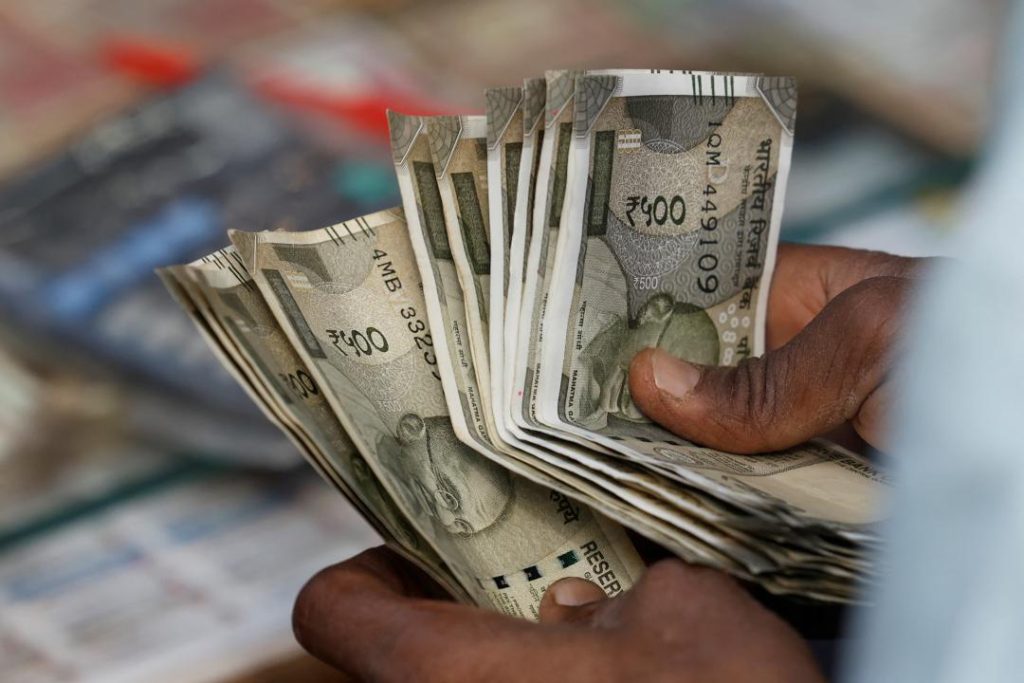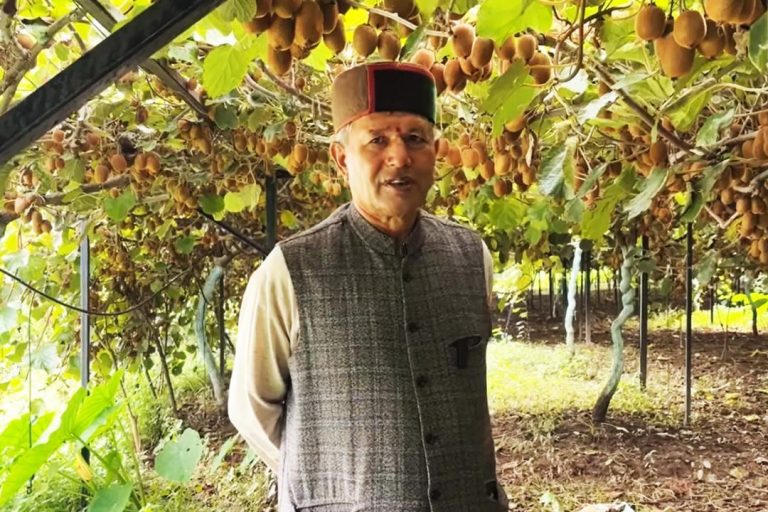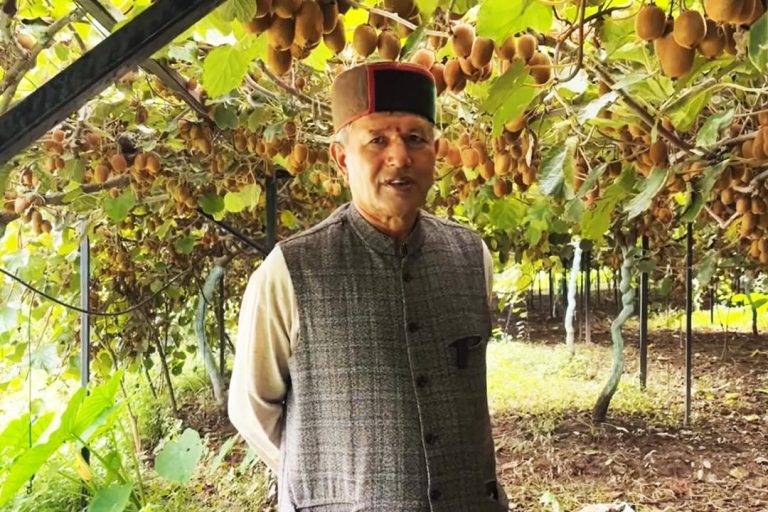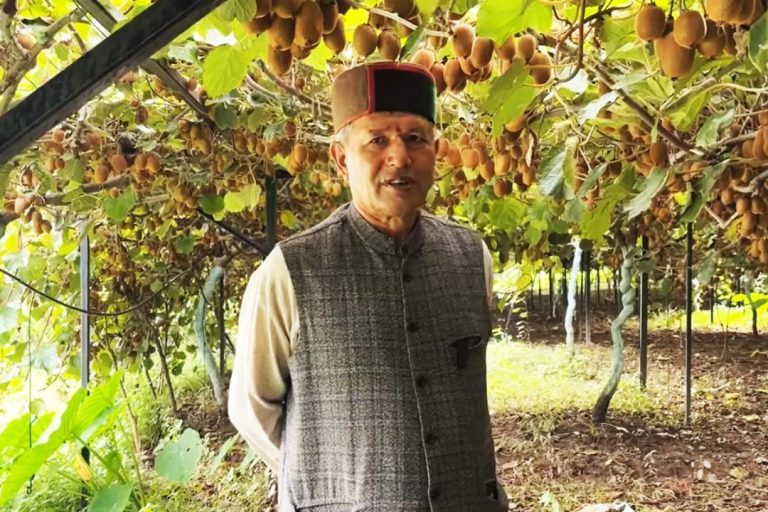
What got cheaper & costlier in March as CPI falls to 67-month-low of 3.34%?
India’s retail inflation, as measured by the Consumer Price Index (CPI), has fallen to a 67-month-low of 3.34% in March. This decline in prices is a welcome relief for consumers, who have been facing high inflation rates in recent times. According to the latest data released by the Ministry of Statistics and Programme Implementation, prices of several essential commodities saw significant declines, while others witnessed marginal rises.
Commodities that got cheaper:
Eggs, vegetables, and pulses were the biggest gainers in March, with prices dropping by 14.4%, 12.1%, and 11.7%, respectively. These commodities are staple items in most Indian households, and the decline in prices will come as a relief to consumers. The decrease in prices of these commodities can be attributed to the good supply position and lower demand due to the ongoing lockdowns in various parts of the country.
Spices, meat, fish, and housing also saw marginal declines in prices, with decreases of 0.4%, 0.6%, 0.7%, and 0.1%, respectively. Recreation and amusement activities also saw a slight decline in prices, with a decrease of 0.3%.
Commodities that got costlier:
On the other hand, fruit prices saw a significant jump, with an increase of 4.2%. This could be due to the ongoing lockdowns and supply chain disruptions, which have affected the availability of fruits. Cereals, milk, oil, sugar, confectionery, clothing, snacks, sweets, pan, tobacco, footwear, fuel, health, and education also saw marginal rises in prices, with increases ranging from 0.1% to 1.4%.
Why the decline in CPI?
The decline in CPI can be attributed to several factors. One of the main reasons is the decline in global crude oil prices, which has led to a decrease in fuel prices. Additionally, the government’s efforts to boost agricultural production and ensure a good harvest have also contributed to the decline in prices of essential commodities.
The Reserve Bank of India (RBI) has also been monitoring the inflation situation closely and has taken steps to reduce the money supply in the economy. The RBI’s actions have helped to curb inflationary pressures and bring prices under control.
Impact on the economy:
The decline in CPI has a positive impact on the economy. Lower inflation rates mean that consumers have more purchasing power, which can lead to increased demand and economic growth. Additionally, the decline in prices of essential commodities can also help to reduce inequality and poverty, as it benefits low-income households the most.
The government can also use this opportunity to invest in infrastructure and other sectors that are likely to boost employment and economic growth. The decline in CPI also provides the government with a chance to reduce interest rates and make borrowing cheaper, which can also stimulate economic growth.
Conclusion:
The decline in CPI to a 67-month-low of 3.34% is a welcome relief for consumers and a positive sign for the economy. The decline in prices of essential commodities such as eggs, vegetables, and pulses will come as a relief to consumers, while the marginal rises in prices of other commodities are likely to have a limited impact.
The government’s efforts to boost agricultural production and ensure a good harvest, along with the RBI’s actions to reduce inflationary pressures, have contributed to the decline in CPI. The government can now use this opportunity to invest in infrastructure and other sectors that are likely to boost employment and economic growth.




